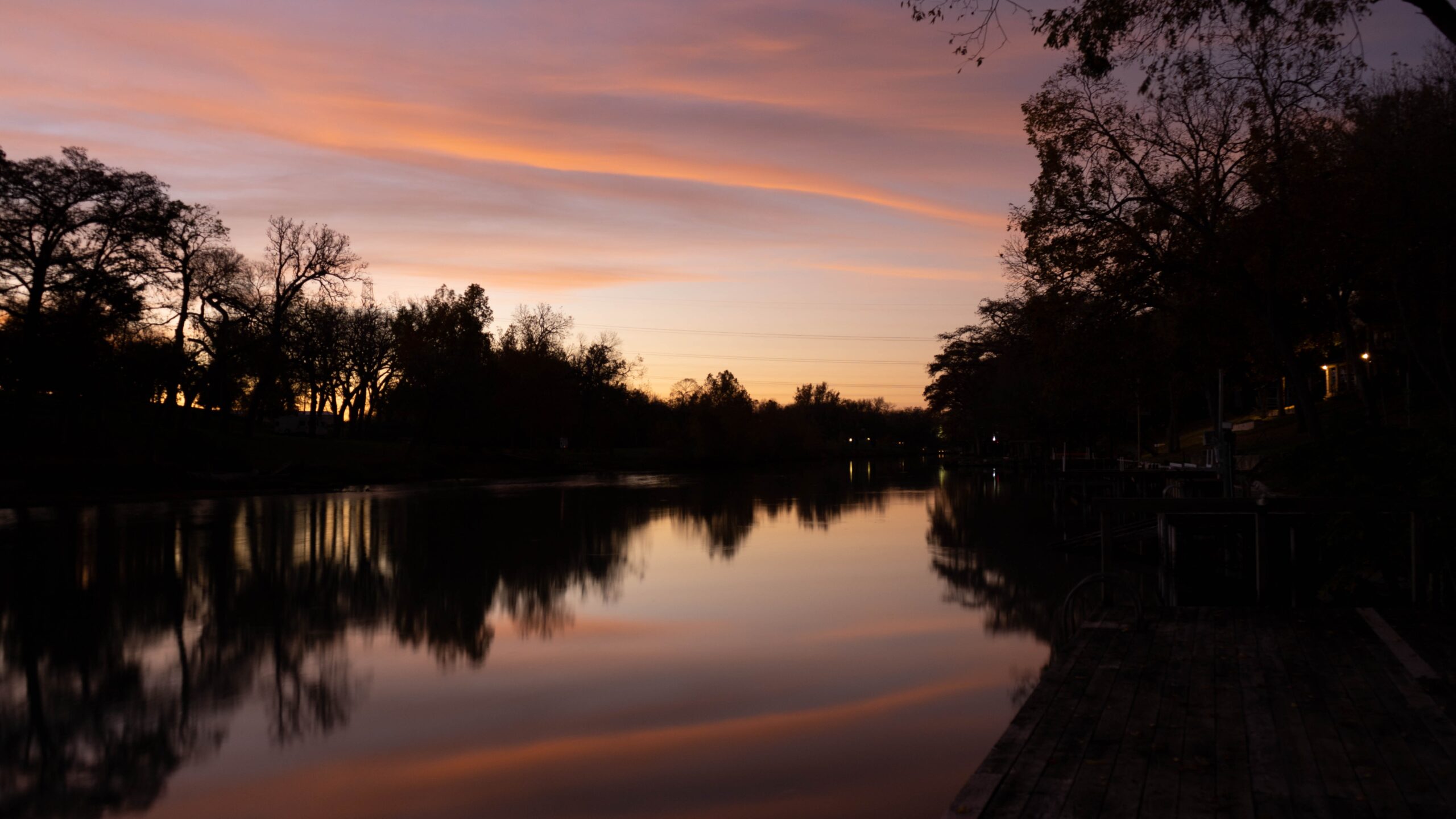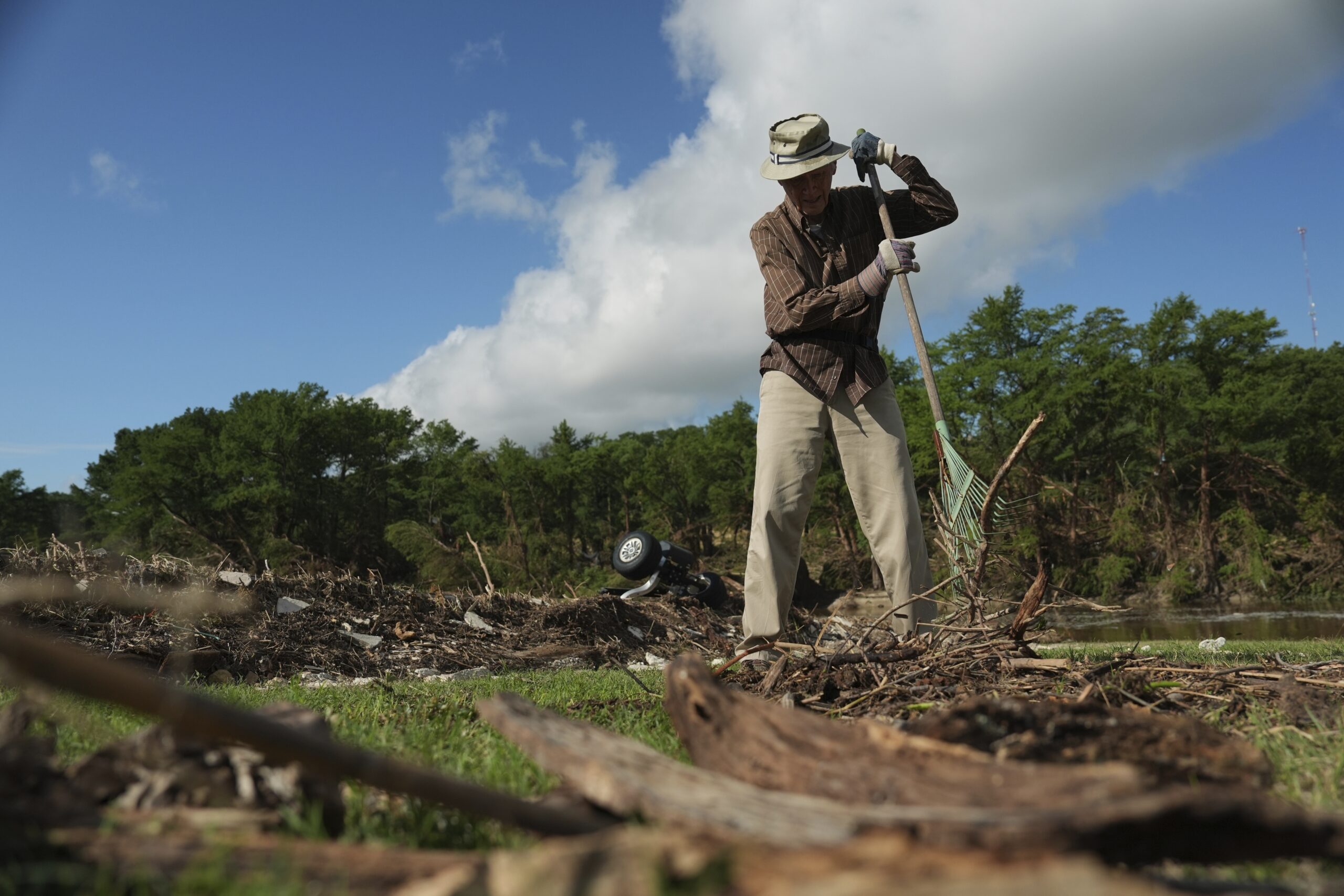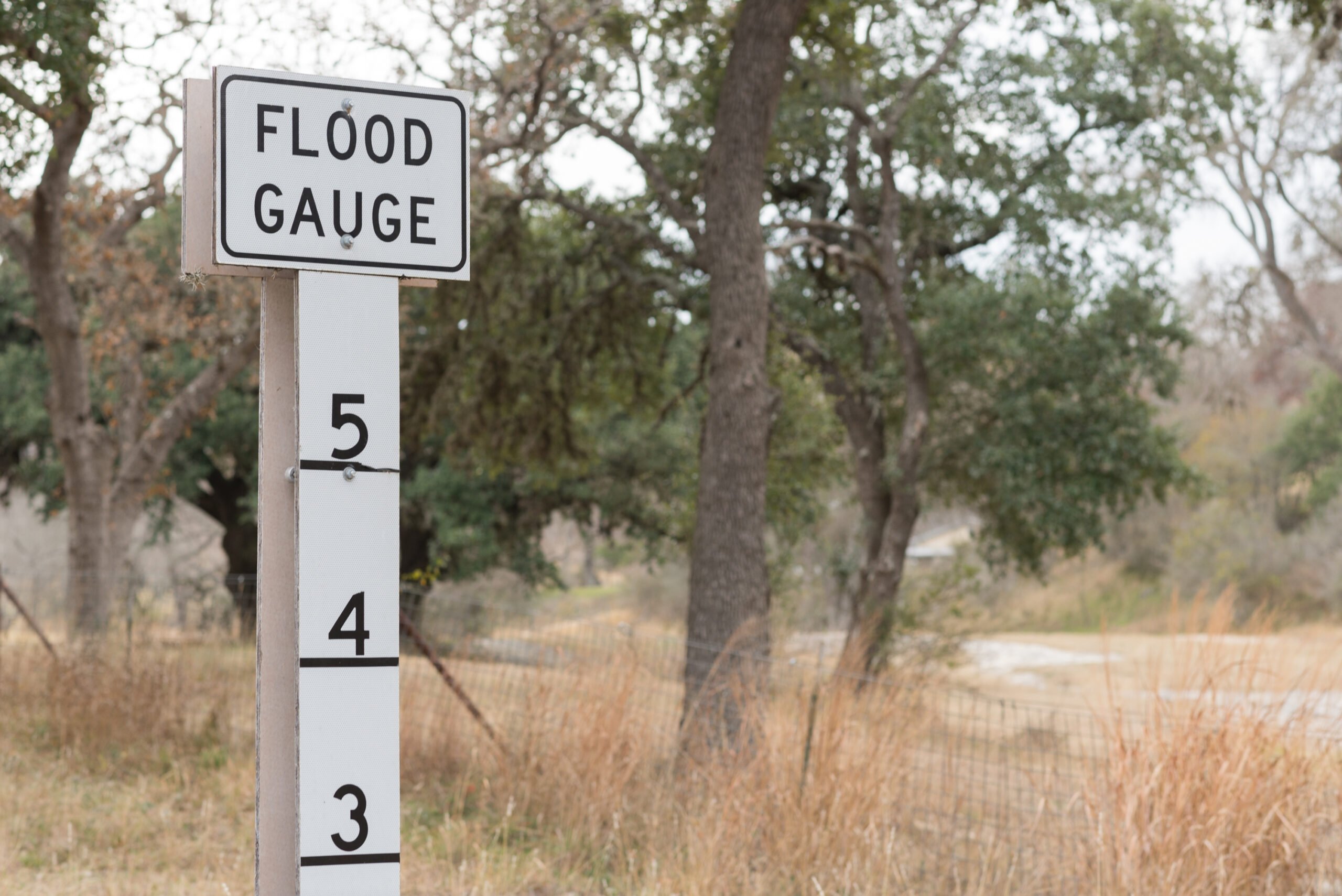ustxtxb_obs_2002_09_13_50_00008-00000_000.pdf
Page 2
FEATURE Please Excuse Their Mess BY DAVE MANN The defunct Jasper Creosoting Company plant lies on 11 lilting acres cleaved from pine forests that surround the small East Texas town of Jasper. From 1946 through 1986, the plant processed and treated wood for utility poles and railroad ties using creosote, a carcinogenic compound that, with pro longed exposure, can cause cancer. In milder doses, it can result in skin burns, vomiting, breathing problems, convulsions, and hypothermia. The site is barren nowjust patches of fenced-off fields, a swath of concrete, and old freight rails vanishing beneath the weeds. If not for the skull-and-cross-bones signs installed by the Environmental Protection Agency warning of buried hazardous chemicals, the place would seem harmless, and many of the low-income residents living near the old plant think it is. Some don’t know their houses lie yards from a den of festering contaminants slowly saturating the soil and water tablepollution that, if not halted by the EPA Superfund program, could poison their drinking water. Even fewer residents realize a cleanup of the area has stalled. The EPA is struggling to secure funding for the project, one among dozens of Superfund sites around the nation shortchanged by the Bush Administration. How much creosote and other chemicals were leaked into Jasper’s soil and water during the plant’s 40 years of operation is unknown. As Jasper city manager David Douglas gently put it, “Forty or fifty years ago, they didn’t handle these products with the same level of care that we do now:’ How much creosote and other chemicals were leaked into Jasper’s soil and water during the plant’s 40 years of operation is unknown. As Jasper city manager David Douglas gently put it, “Forty or fifty years ago, they didn’t handle these products with the same level of care that we do now” In fact, prior to 1965, according to EPA documents, creosote openly seeped into a ditch at the site, and the plant hemorrhaged the carcinogen into the soil and a nearby wetland for decades, as did its sister site, the Hart Creosoting Company plant a few miles away on Jasper’s south side. Approximately 11,000 people in the area get drinking water from wells drawn off the now-imperiled Jasper Aquifer. One of the city’s three municipal drinking water wells sits on a hydraulic down-gradient just three-fourths of a mile from the Jasper Creosoting site. And EPA officials concede they don’t know how contaminated the ground water is since they haven’t studied it. The last survey, in 1998, found ground water-pollution 50 feet below the surface, far shallower than most area wells. But with few natural barriers in the soil, the creosote may have pushed much deeper by now Regional EPA officials say they have a ground-water study planned, but don’t have enough money to conduct field work. Despite the ground-water threat, the Jasper and Hart cleanups had their funding cut entirely this year by EPA headquarters, part of the Bush Administration’s decision to slash money for 33 Superfund sites around the country. The cuts were made public, and sparked a controversy, when Democratic congressmen leaked an EPA inspector general report to The New York Times in late June. Before its funding dried up, the cleanup at Jasper Creosoting had progressed well. The EPA Region 6 office in Dallas, which oversees the site, had removed the plant’s most contaminated structures and soils, temporarily stabilizing the site and reducing the immediate public-health threats. But ground-water contamination was still a concern, and last September the regional office prepared plans for a final cleanup of the two sites. EPA documents show the regional office requested more than $16 million for the cleanups. But in the past year, EPA headquarters hasn’t granted a dime of the requested funding. EPA officials in Dallas hope the money will come soon. While they wait, work in Jasper has halted. Meanwhile, the partially cleaned-up plants continue to drip hazardous chemicals into Jasper’s soil and water. 8 THE TEXAS OBSERVER 9113102


